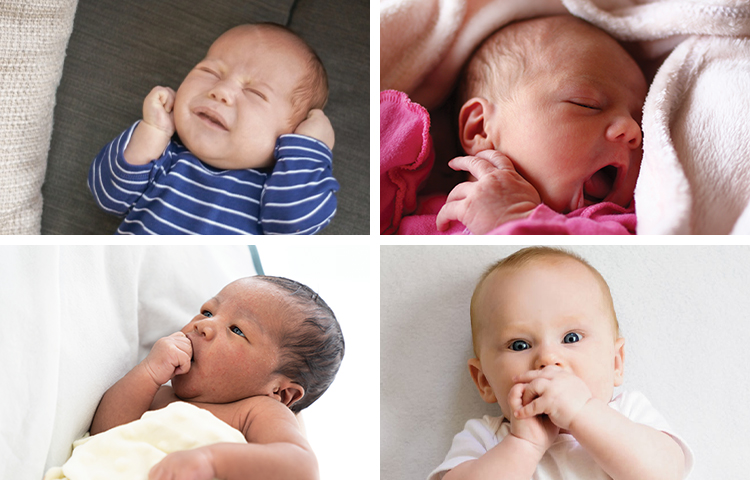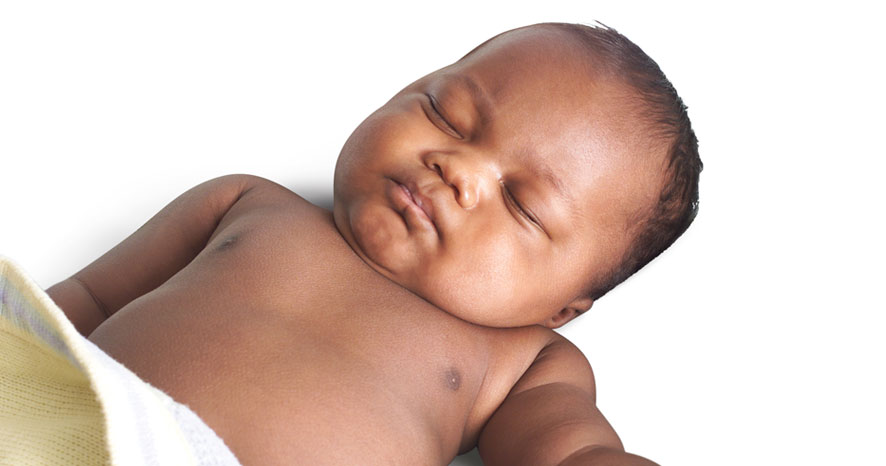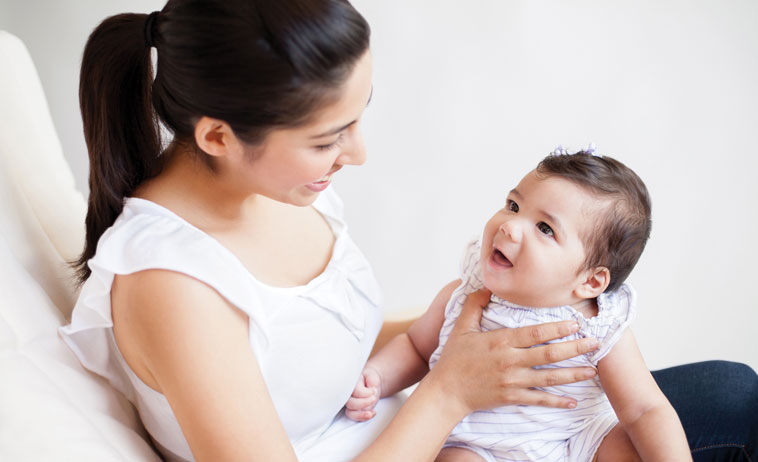Ih Lungfiangnak
Na naute cu ih ter dingcaah a fekmi hmai ah, thil dang a um lomi ah, an keng lei in chiah hna. A chuak ka mi hna cu puan tein an i hngilh i minit 20 tluk ah thuk piin an i hngilh.
- Fawi tein an i thang
- An cawl i aw an chuah
- Mit tampi an cawl ter
- Mang Pawl
- Thluak a thanglian i a thangcho!
- Fawi tein an i thang lo
- An kut le ke thadam in le nem hniphnep in an chiah
- Tampi an cawl lo
- An thluak aa din!
- Na naute na ih ter hlan ah thuk piin aa hngilhnak hmelchunhnak pawl hngak ta hna. A chuakka micu thuk piin i hngilh dingcaah minit 20 tluk a rau timi theih hna.

Hmelchunhnak Pawl Lungfiangnak
Na naute nih a herh micu holh loin hmelchunhnak hmang in an chimh khawh. An hmelchunhnak lehnak nih na naute cu ngam dingcaah le i nuam dingcaah a bawmh khawh.

- “Ka Paw A Tam” Hmelchunhnak
- An kut cu an kaa pawngah an chiah lai
- An kut le ke an kawiter lai
- Dawpnak aw an chuah lai
- An hmur an kor ter lai
- Hnukhmur (hram) an kawl lai
An paw a tam tuk hlan ah, tucu hnuk dinhnak caan asi.
- “Pakhat khat aa thlengmi ka duh” timi Hmelchunhnak
- Lam hlat ah an zoh lai asiloah an i mer lai asiloah an keng an kuar ter lai
- Hmaisur asiloah huam lomi zohnak an mit ah a um lai
- An kut, an ban, asiloah an ke an thomter lai
- Hamham asiloah i hngilh lai
Hi nih a chim duh micu an sia a rem lo asiloah pakhat khat nih hna a hnawh hna timi asi. I mer ter ko hna law i din ter ko hna. Hnachatnak, ceunak, asiloah mi tam tuknak cu naute caah tha batnak asi kho.


- “Ka Paw A Khim” timi Hmelchunhnak
- Huam sam deuh in an dawp asiloah dawp an ngol
- An kut le ban an dai ter
- Hnukhmur an mer tak
- An nam
- An i hngilh
Hi hmelchunhnak nih a chim duh micu ei ngol dingcaah timhcia an si cang timi asi.
- “Na pawng um ka duh” timi Hmelchunhnak
- Tha a dammi mithmai le takpum an ngei lai
- Na aw le na hmithmai an in zulh lai
- An in leh lai
- Na hmai ah an in zoh lai
- An lu an cawi lai
Hi nih a chim duh micu nangmah he i chawnbiak dingah, cawn dingah, asiloah lente i celh dingah timhcia an si cang timi asi!


A Tapmi Lungfiangnak
Nu le pa caah an naute a tap tikah cucu lungnuamlonak taktak asi kho. A caancaan ahcun naute vialte hi an tap dih. Naute an tahnak a ruang tampi a um, an paw a tam ruang le asiloah diaper thlen an duh ruang lawngah asi lo. Na naute a tuarnak nemter deuh dingcaah na tuah khawhmi thil tampi a um.
- Na lung dai tein chiah law na lung sau ko seh.
- Na naute nih zeidah an chimh timi theih dingcaah na naute hmelchunhnak pawl hman hna.
- Na naute cu nai tein chiah law hihi tuah hna:
- Takvun le takvun i tongh in tlaih.
- Nem tein chonh asiloah atu le atu hla sak piak.
- Naute cu nem tein atu le atu hlor asiloah mer.
- A keng, a ban, le a ke pawl nem tein maalit.
- Thinhung asiloah thabat hram naa thawk ahcun, na naute cu a himnak hmun ah chiah law i din.
- Na naute cu tamtuk a tap tiah na ruah ahcun na ngandamnak zohkhenhtu cu pehtlai hna.
Tahnak kong hlethlai chap dingcaah, www.purplecrying.com ah hin kal hna.
Hringtu Nu le Pa caah Khulrang Lamhmuhsaknak Pawl
- An paw tamnak an in theihter tikah, suimilam caan zoh loin na naute cu hnuk dinh hna.
- Na naute a ihnak ah mei le TV phit hna.
- Na naute aa hngilh lio ah i din (dai tein thutnak nih thadam deuhnak caah an bawmh khawh).
- Thinhung asiloah thabat hram naa thawk ahcun, na naute cu a himnak hmun ah chiah law i din.
- Inn rian caah na hawi le asiloah chungkhar bawmh hal hna.
Na umnak pawng i Special Supplemental Nutrition Program for Women, Infants and Children (WIC, Nu, Bawhte le Hngakchia caah Pum Thazang Umnak Lei A Bawmtu Special Program) siikhaan kawl dingcaah 800-522-0874 hi phone chawnh hna asiloah kan website wic.in.gov ah hin rak leng hna. Hngakchia caah him tein ihnak kong hlethlai chap hna.

Hi riantuannak zung cu atlukmi caantha petu asi.